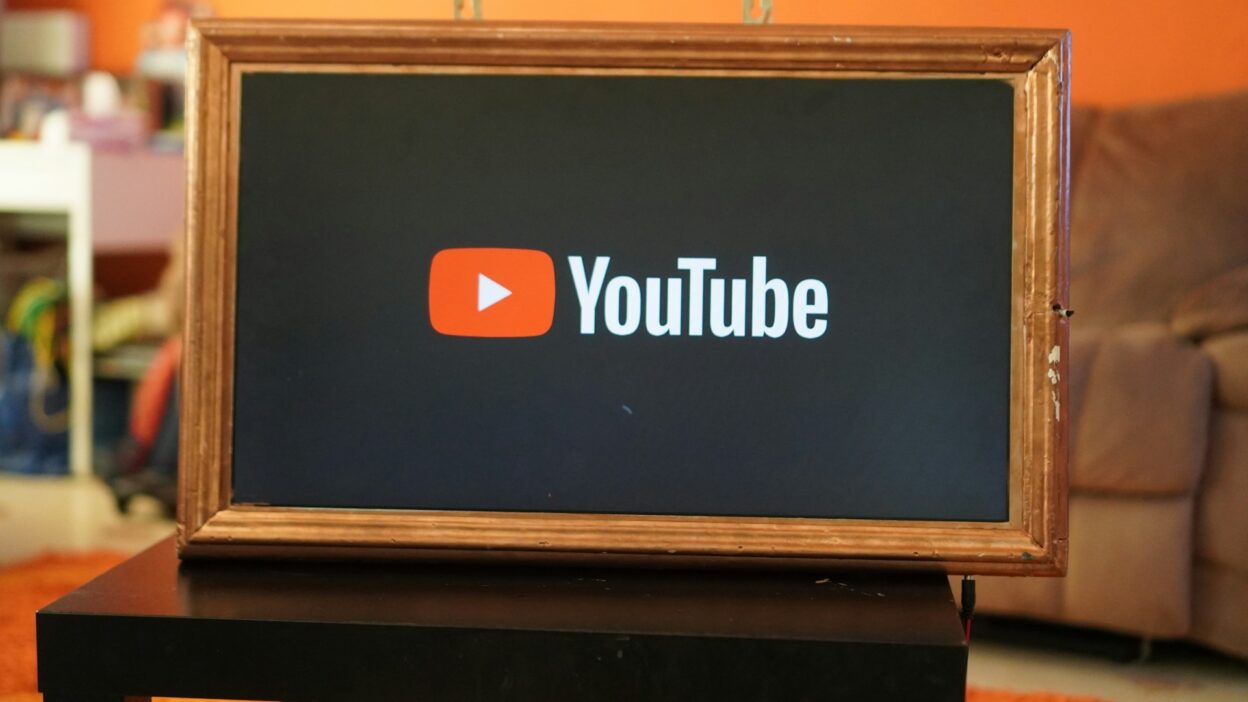Ever wondered what happens behind the scenes when you upload a video to YouTube? It seems instantaneous, but in reality, there’s a complex and fascinating system working in the background to ensure your video is viewable around the world in seconds.
In this blog, we’ll break down YouTube’s video processing pipeline architecture in simple terms, backed with technical insights and real-world scale. We’ll also understand the challenges and how YouTube solves them with smart engineering.
1. Uploading the Video
When a user uploads a video, YouTube doesn’t store it directly on its servers. Instead, it enters a temporary buffer zone—a staging area in their data centers (often backed by Google Cloud Storage).
During this step:
- YouTube checks the file type, resolution, and size.
- It calculates basic metadata like length, format, codec (e.g., H.264), and resolution (e.g., 1080p).
- The video is split into chunks for distributed processing.
Example: A 2 GB video at 1080p might be split into 100–200 segments for parallel processing.
2. Transcoding (The Heart of the Pipeline)
This is where the real magic happens.
YouTube uses transcoding to convert the uploaded video into multiple versions that can be streamed across different devices and networks.
It generates multiple:
- Resolutions: 144p, 240p, 360p, 480p, 720p, 1080p, 1440p, 4K, 8K
- Codecs: H.264 (most common), VP9, and AV1 (more efficient)
- Bitrates: For both mobile and broadband networks
This ensures a smooth experience whether someone watches on a low-end phone or a 4K smart TV.
🧠 Fun Fact: YouTube re-encodes videos using more efficient codecs over time. So, your video might be reprocessed again later.
💡 Math Insight:
Say a video is transcoded into:
- 10 different resolutions
- 3 codecs
- 2 audio bitrates
That’s 10 × 3 × 2 = 60 versions of a single video.
For 500 hours of video uploaded every minute, YouTube might process:
500 × 60 = 30,000 versions/minute
That’s an insane scale.
3. Storage & Replication
After transcoding, the video files are stored across YouTube’s distributed storage system—across multiple data centers globally.
- Chunked files are stored with replication.
- Cold, warm, and hot storage are used based on popularity.
- Popular videos get edge caching near user regions.
🗂 Estimation: A 5-minute 1080p video with all variants may consume 2–5 GB of storage across replicas.
4. Content Analysis (AI & Copyright Detection)
YouTube uses Content ID and ML models to analyze the uploaded video:
- Detect copyrighted music and video content
- Flag adult content or violent content
- Generate automatic subtitles (speech-to-text)
- Add metadata like tags, thumbnails, and video chapters
🎯 ML Pipelines are trained on billions of data points.
5. Caching & CDN Distribution
Once the video is processed, it’s served to users through Google’s CDN (Content Delivery Network)—a vast network of edge servers around the world.
Benefits:
- Faster loading times
- Lower buffering
- High availability
Popular videos are pre-cached in locations near viewers, especially before premieres or during viral spikes.
6. Playback & Adaptive Streaming (DASH)
When someone hits play:
- The YouTube player starts with a low-resolution chunk.
- Based on network speed, the player dynamically switches to higher/lower quality using MPEG-DASH (Dynamic Adaptive Streaming over HTTP).
- It uses buffering algorithms and bitrate estimation to maintain a smooth experience.
📉 If the network slows down, it drops from 1080p to 480p, and vice versa.
📊 Example:
- User has 5 Mbps speed
- 1080p needs ~3.5 Mbps
- Player picks 1080p buffer by default and switches to 720p if bandwidth drops
Conclusion
The next time you upload or watch a video, remember—it’s not just a play button. YouTube’s pipeline is a marvel of distributed systems, intelligent processing, and storage engineering.
It takes just seconds on the surface, but behind it lies:
- Petabytes of data processed daily
- Thousands of machines working in parallel
- Billions of viewers are being served seamlessly
Whether you’re a tech enthusiast, developer, or curious learner, there’s a lot to learn from how YouTube handles video at this mind-blowing scale.
Technical Key Takeaways
- Chunked Upload Protocols: YouTube uses resumable and chunked uploads to handle large video files efficiently and tolerate network interruptions.
- Transcoding Pipeline: Uploaded videos are transcoded into multiple codecs (like H.264, VP9, AV1) and resolutions (144p to 8K), allowing adaptive streaming across diverse devices and bandwidths.
- Parallel Processing: Video and audio are processed in parallel and split into segments to maximize throughput using distributed processing frameworks.
- Adaptive Bitrate Streaming (ABR): YouTube leverages ABR with DASH (Dynamic Adaptive Streaming over HTTP) to allow real-time switching of video quality based on user bandwidth and CPU conditions.
- Thumbnail Generation via ML Models: YouTube generates multiple thumbnail candidates using computer vision and then ranks them using engagement prediction models.
- Content ID System: A massive-scale fingerprinting and matching system that scans newly uploaded videos against a database of copyrighted content for rights enforcement.



